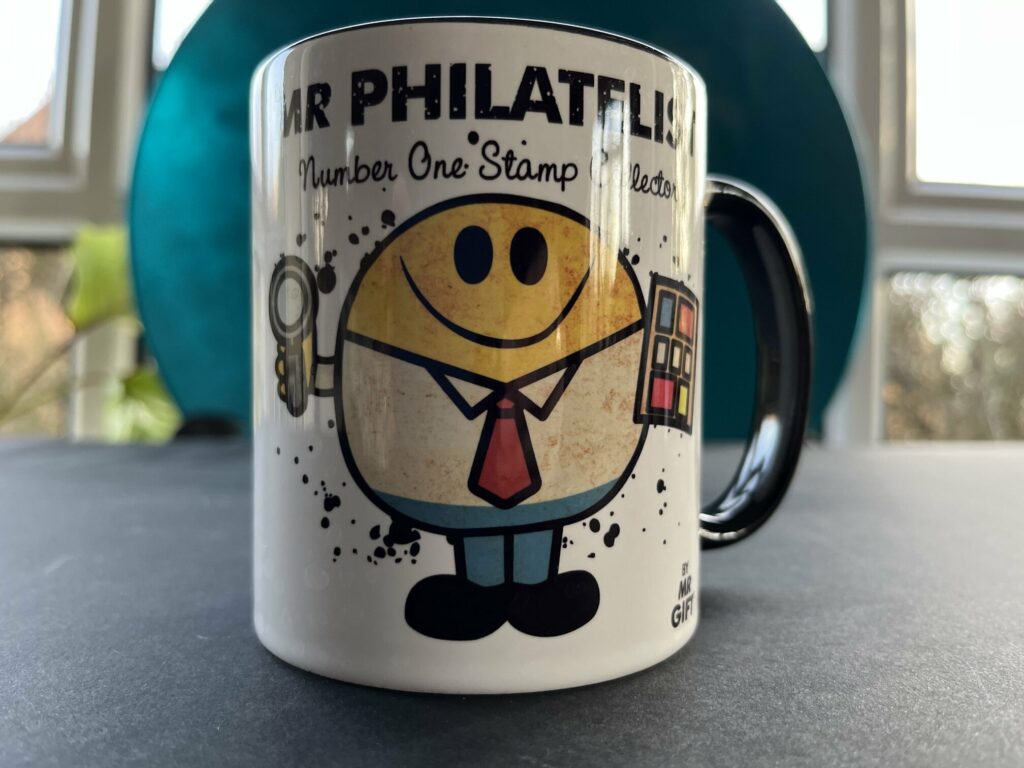
OK, confession time.
I don’t speak Spanish.
Not that it has ever hindered me in my philatelic pursuits (although I would get much more out of Mi Oficina videos, if I did).
Back at school we sat through just two years of French and German lessons. That was it; at age thirteen, language tuition was terminado. Spanish wasn’t even on the menu.
And in later life, as a typical Englishman, I fell into the lazy trap of expecting others to adopt the lingua franca. I absolved myself by encouraging my daughter to succeed where I had copped out and to study languages. She left university with a degree in French and Spanish, so it isn’t a complete tale of woe.
One of these days (or so I tell myself) I’ll find an opportunity to immerse myself somewhere in Latin America for a couple of months and come back a fluent speaker. One day…
The reason for this preamble is that it won’t have escaped your attention that there has been a flurry of new catalogues that have been published recently, a number of them in the Spanish language.
As a non-Spanish speaker, it doesn’t take too much effort to find your way around the basics – dates of issue, values, prices etc – but you are not making the most of it unless you are familiar with the textual narrative and the words and phrases used along the way.
To compound matters, we collectors use our own idiosyncratic philatelic terms that a regular, online translation tool can’t necessarily make sense of.
For example, Google’s interpretation of the phrase ‘sobrecarga muestra’ (specimen overprint) translates to ‘sample overload’.
Filigrana (a watermark) is a ‘filigree’ whereas the Spanish ‘sin perforar’ (imperforate) translates as ‘undrilled’.
Yes, you can make an educated guess but online translation tools weren’t built with philatelic nomenclature in mind. Even ChatGPT might struggle.
Which is why I thought an online Spanish/English philatelic glossary might be a useful addition to the site.
You’ll find it has a permanent position on the menu bar above.
The words and phrases come from a number of sources and encompass most of the philatelic terms that you might come across when using catalogues and handbooks in the Spanish language. I’ll take a punt at stating that it is the most comprehensive source of English/Spanish philatelic terms that you will find.
There are two glossaries: the first for general philatelic terms and the second for colours only.
You can search Spanish/English or English/Spanish or simply type the word you are after to find all phrases where it occurs.
If you find yourself needing to translate large amounts of text, rather than single words and phrases, then there are any number of translation tools out there that can do the job. However, they are not created equal and the results vary depending on the developer.
Google Translate is pretty good but I have found DeepL more reliable and precise. Definitely worth experimenting with next time you’ve got a block of text (in any language) to interpret. I use it regularly.
As for the glossary, I’ll keep adding to it over time. For existing Spanish speakers, if I’ve got the interpretation wrong or misspelt a word, do me a favour and drop me a quick message.
And if you think of any additional phrases that may help your fellow collectors, do let me know and I’ll add them in.

What a great and helpful idea! I’ll certainly be using this. Thanks for thinking of it and still more for acting on it. I like to think I have a bit of a facility for languages, and I can pick up useful words (ordering beer at a bar for example) fairly easily. So I pretty quickly got the hang of some of google translate’s quirkier efforts – “overload” is the usual translation for whatever word is used for overprint in several languages. Where I come unstuck is abbreviations, which can be quite opaque. Thanks again, I very much enjoy reading your blog. Best wishes,
Thank you for the kind words Crispin; I hope you find it useful.
Hi Nick
I also studied French for three years as I lived in the state of Maine and was influenced by Quebec. I also spent a year in French Morocco courtesy of the USAF. My wife is Colombian and naturally speaks Spanish as well as the family. So, I have a “builtin” interpreter.
I once , made a list of English, Spanish and French philatelic terms. I’ll try to find it and send it to you.
I was once told by someone to take my French word, add an o or an a, and I should be ok with Spanish.
“I was once told by someone to take my French word, add an o or an a, and I should be ok with Spanish.”
I’ve a feeling there might be a little more to it than that Jerry…!
By all means, do send over whatever you have and I’ll add in anything that’s missing.
Nice list. Had the same problem with Google Translate. It does not know how to translate philatelic terms. ‘Sellos’ also is translated as ‘Seals’ instead of ‘Stamps’.
I will add translated title to my project for the Mi Oficina videos, but I have to make more corrections then anticipated. I will give translated title for several of the articles from Latin American journals as well, but it takes time to get it correct. Your list might help making the job easier.
Crispin, needing to order a beer at a bar is a great incentive to learn any language!
Nick: Don’t sell yourself short. I’ve seen your Spanish and it is top notch! Unless you filter everything through DeepL 🙂